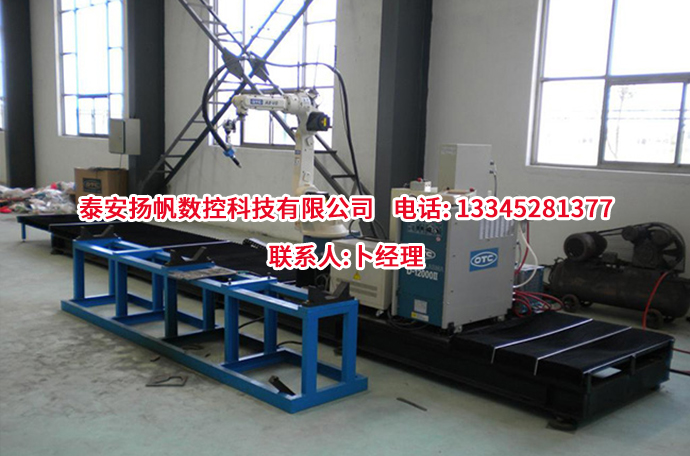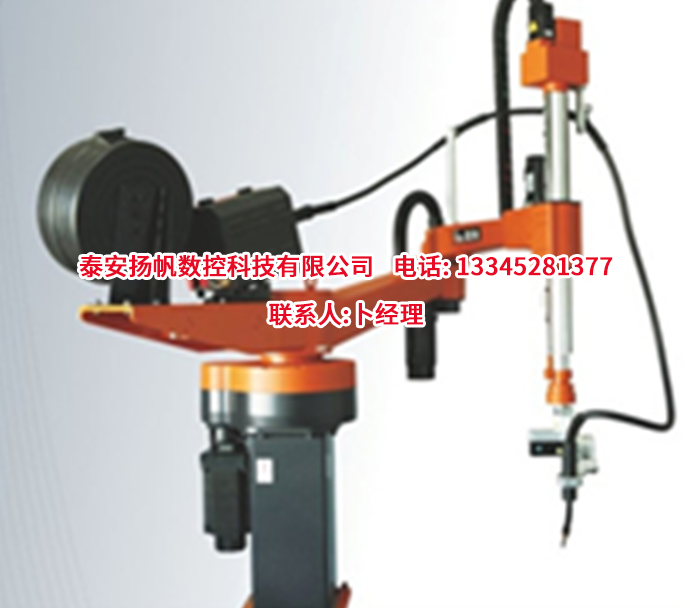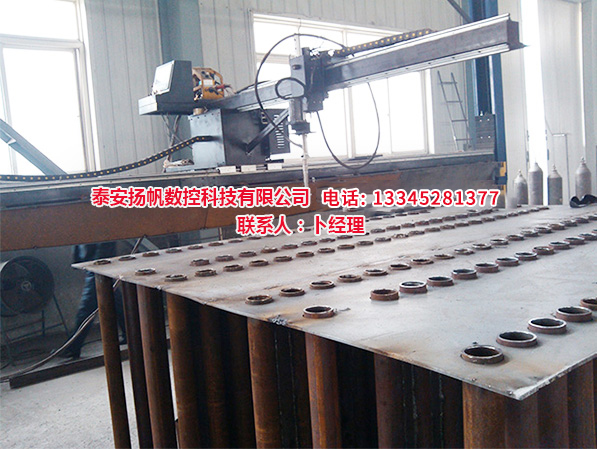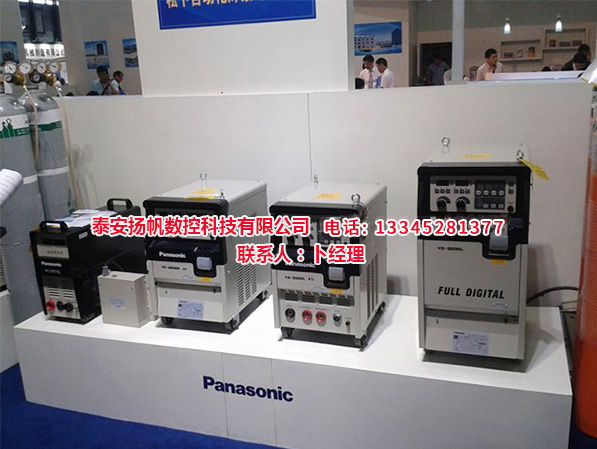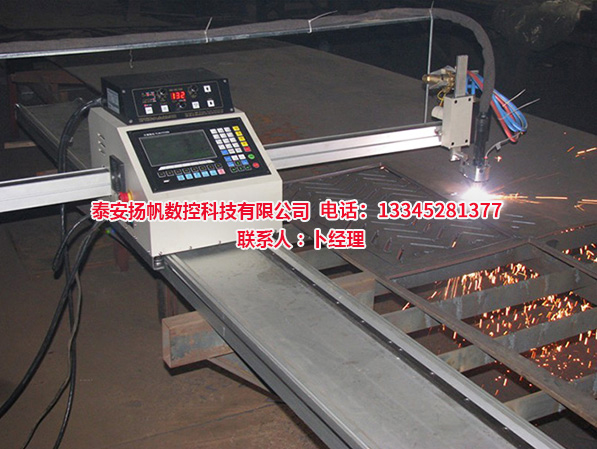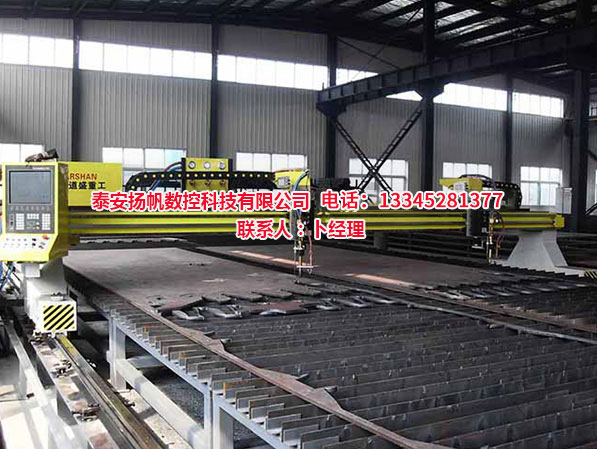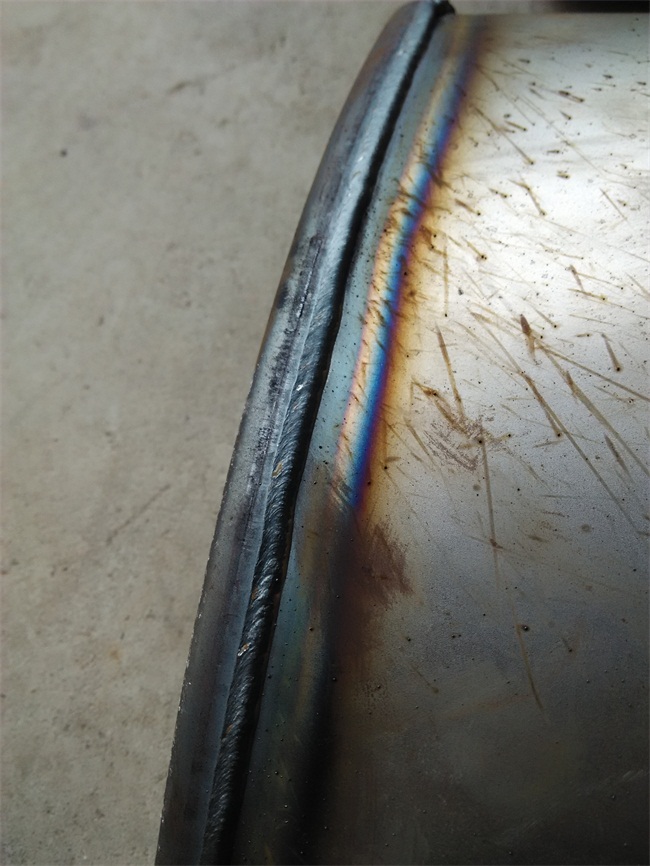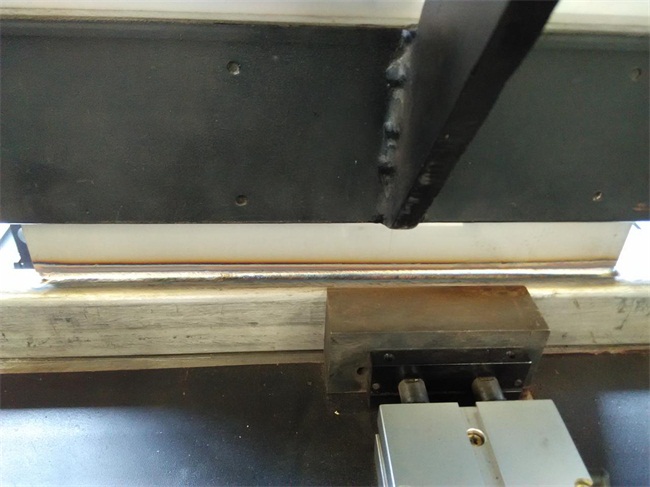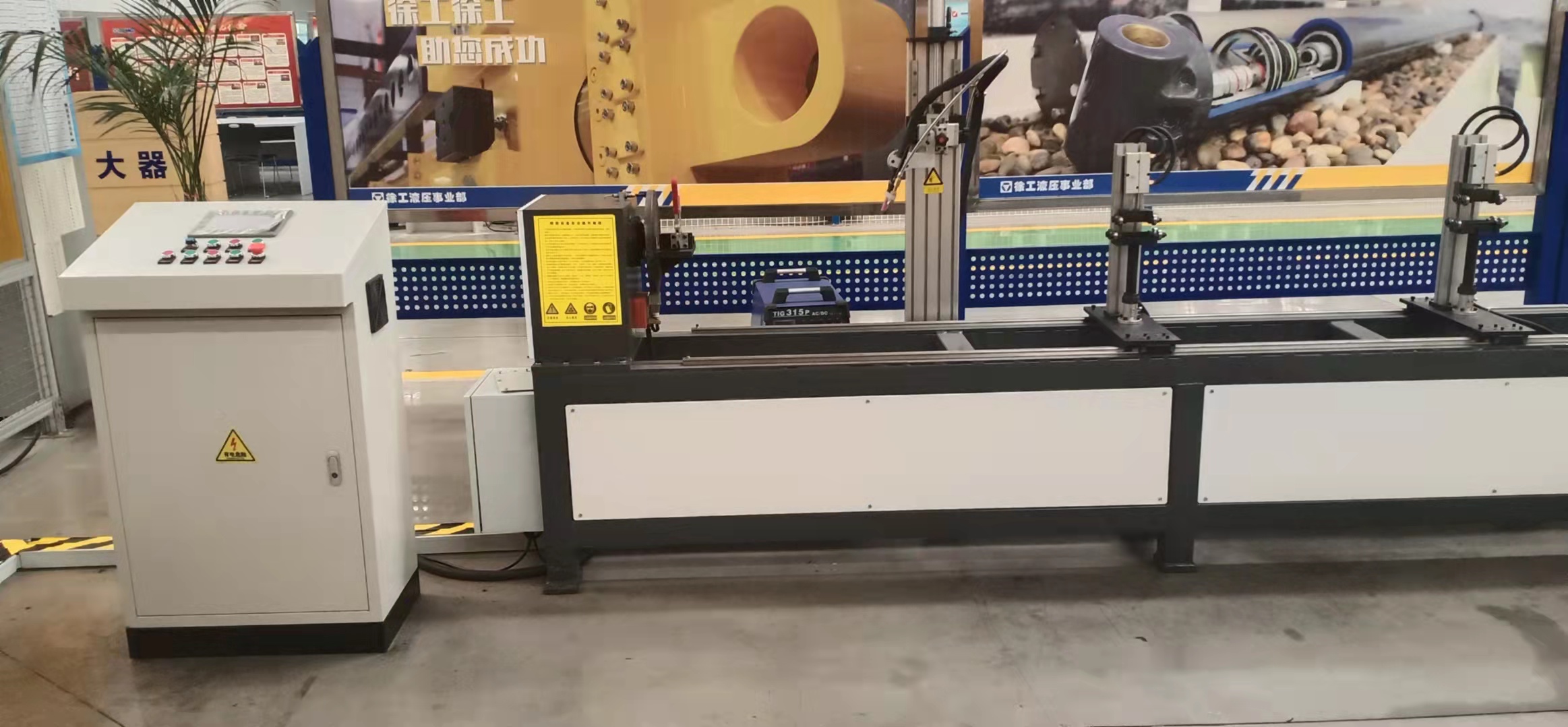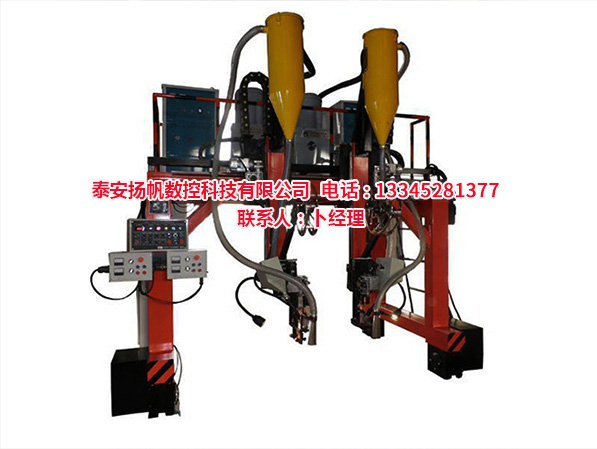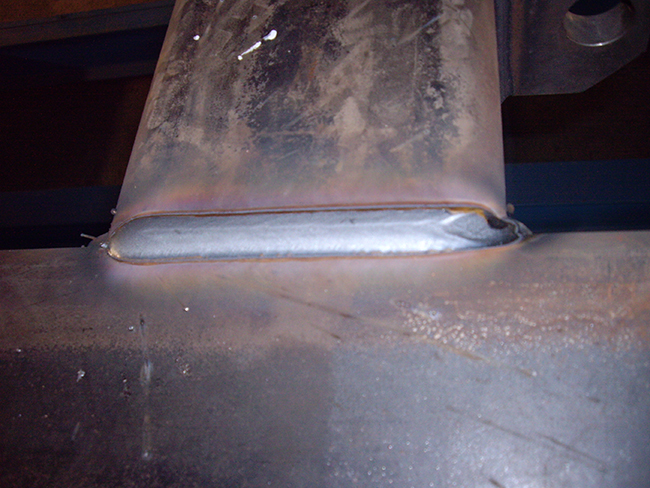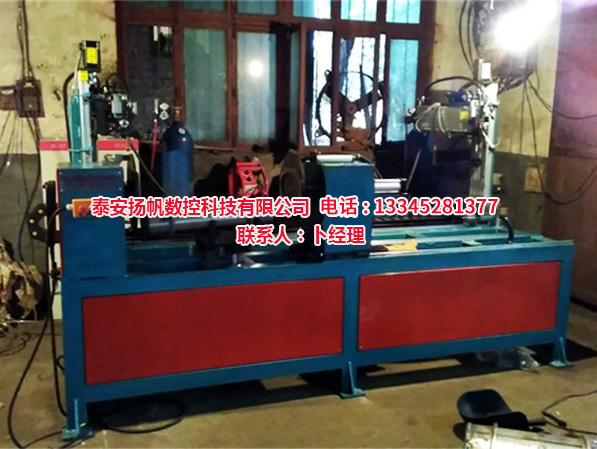如何在焊接机器人进行设备预测性维护?
来源:http://www.tayfsk.com/ 发布时间:2023-05-30 浏览次数:0
工业焊接机器人机械,电气系统复杂,工作区域大,运行速度快,因而无法准确预测在不同工况下有可能出现的所有危险,尤其在人工示教编程或者维护时,任何操作失误和未知的系统缺陷都有可能造成设备损坏甚引发重大事故。那么如何在焊接机器人进行设备预测性维护?山东数控焊接设备厂家为您分析:
The mechanical and electrical systems of industrial welding robots are complex, with large working areas and fast operating speeds, making it difficult to accurately predict all the hazards that may occur under different working conditions. Especially during manual teaching programming or maintenance, any operational errors and unknown system defects may cause equipment damage or even major safety accidents. So how to perform predictive maintenance on welding robots? Shandong CNC welding equipment manufacturer analyzes for you:
预测性维护的分类
Classification of Predictive Maintenance
预测性维护可以分为基于设备机理和基于数据驱动预测两种类型。基于机理模型的预测是建立设备故障与机械动力学、热力学和计量学等数学模型的关联关系预测设备故障,而数据驱动模型则是通过大量数据的学习和训练,形成智能化的决策模型。
Predictive maintenance can be divided into two types: device mechanism based and data-driven prediction based. The prediction based on mechanism model is to establish the relationship between equipment failure and mathematical models such as mechanical dynamics, thermodynamics and metrology to predict equipment failure, while the data-driven model is to form an intelligent decision-making model through learning and training a large amount of data.
前者更适用于旋转类设备,数据驱动模型更适用于复杂不确定系统和黑箱过程的预测和控制,数据驱动模型是基于经验数据统计关系或统计特征的预测和控制方法,其效果依赖于输入数据的准确性和响应频率。
The former is more suitable for rotating equipment, while data-driven models are more suitable for prediction and control of complex uncertain systems and black box processes. Data-driven models are prediction and control methods based on empirical data statistical relationships or statistical features, and their effectiveness depends on the accuracy and response frequency of input data.
预测性维护的实施流程
Implementation process of predictive maintenance
01
01
数据获取
Data acquisition
通过模拟仿真和传感器测量获得目标设备或系统的全寿命数据。
Obtain full life data of the target equipment or system through simulation and sensor measurement.
02
02
数据处理
data processing
包括数据预处理和特征提取,对数据进行过滤和整理,识别数据中工况信息,剔除非重要变量,通过特征提取的方法得到衰退特征,供模型训练使用。
This includes data preprocessing and feature extraction, filtering and organizing the data, identifying working condition information in the data, removing non important variables, and obtaining decay features through feature extraction methods for model training.
03
03
特征提取
feature extraction
删除对任务无有用信息的属性,对传感器数据特征提取方法进行设计,建立基于传感数据特征提取的计算机预测性维护模型,并进行对比实验。
Delete attributes that have no useful information for the task, design feature extraction methods for sensor data, establish a computer predictive maintenance model based on sensor data feature extraction, and conduct comparative experiments.
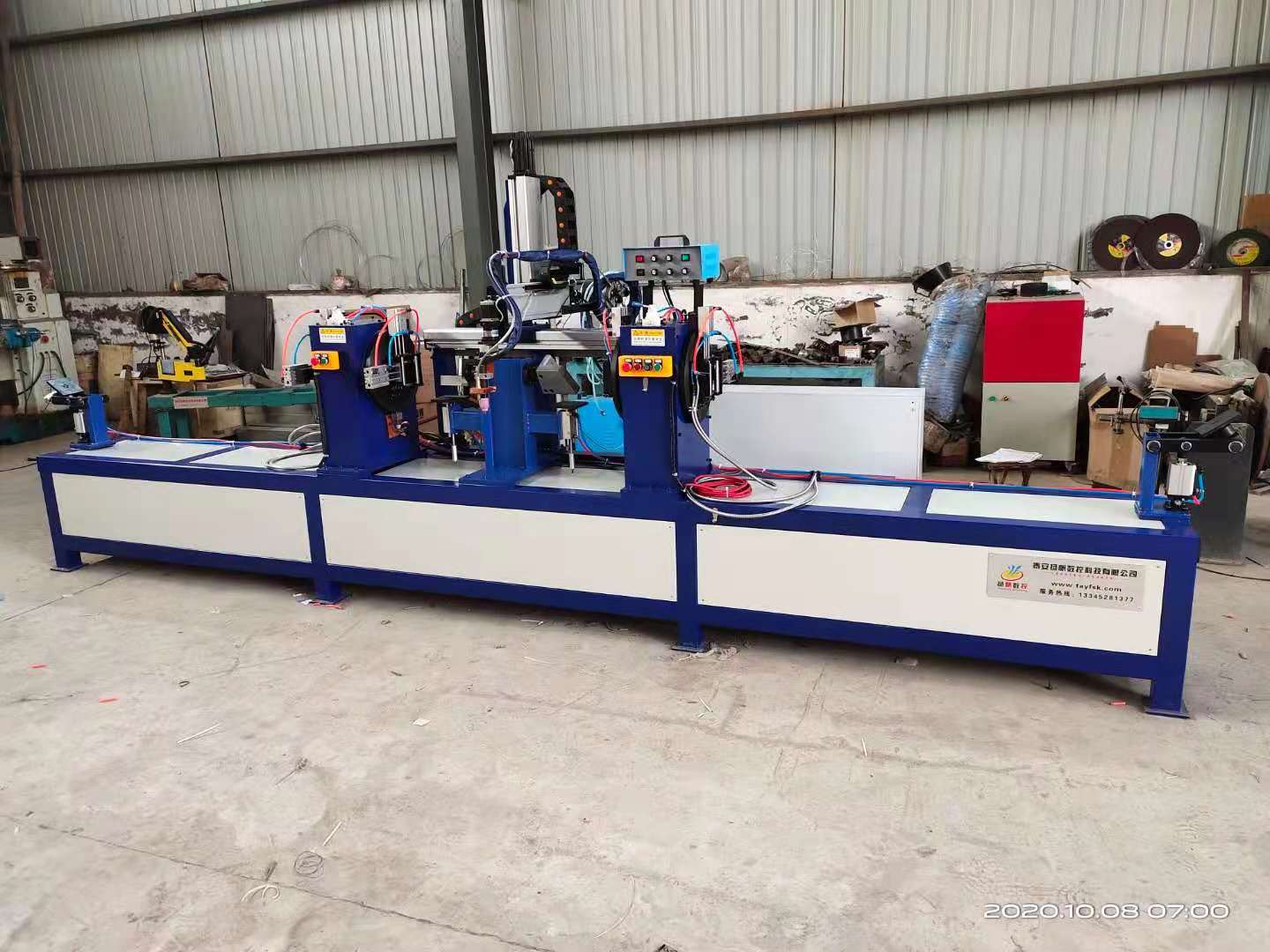

04
04
模型训练
model training
选择适当机器学习模型,利用经处理后的全寿命数据进行训练,获得在不同工况下可以对设备的故障进行准确预测或系统剩余寿命进行准确预测的模型。
Select appropriate machine learning models and train them using processed full life data to obtain models that can accurately predict equipment failures or system remaining life under different operating conditions.
05
05
模型验证
Model validation
根据系统故障预测的仿真,可以验证维护和维修策略的可行性,并将论证结果导入策略库中作为方案。
Based on the simulation of system fault prediction, the feasibility of maintenance and repair strategies can be verified, and the demonstration results can be imported into the expert strategy library as a solution.
06
06
模型部署
Model deployment
部署预测性维护算法模型,根据工况识别数据的反馈信息进行故障诊断,决定设备或系统的维修策略;根据现场工况的数据进行多维度分析进行寿命预测,决定设备或系统的维护和保养策略。
Deploy predictive maintenance algorithm models, diagnose faults based on feedback information from condition identification data, and determine maintenance strategies for equipment or systems; Perform multi-dimensional analysis based on on-site working conditions data to predict service life and determine maintenance and upkeep strategies for equipment or systems.
为解决焊接机器人规模化应用过程中操作与维护规范化问题,通过分析焊接机器人应用现状,应用意义及发展前景,展现焊接机器人操作与维护规程必要性,同时分析焊接机器人在日常应用中存在的不足及问题,突出焊接机器人操作及维护规程的重要性。更多相关事项就来我们网站http://www.tayfsk.com咨询!
To address the standardization of operation and maintenance in the large-scale application process of welding robots, the necessity of welding robot operation and maintenance regulations is demonstrated by analyzing the current application status, significance, and development prospects of welding robots. At the same time, the shortcomings and problems of welding robots in daily applications are analyzed, highlighting the importance of welding robot operation and maintenance regulations. For more related matters, come to our website http://www.tayfsk.com consulting service
上一篇:自动焊接机开关电源、气源、液压源的日常检查
下一篇:自动焊接设备的注意事项以及分类



